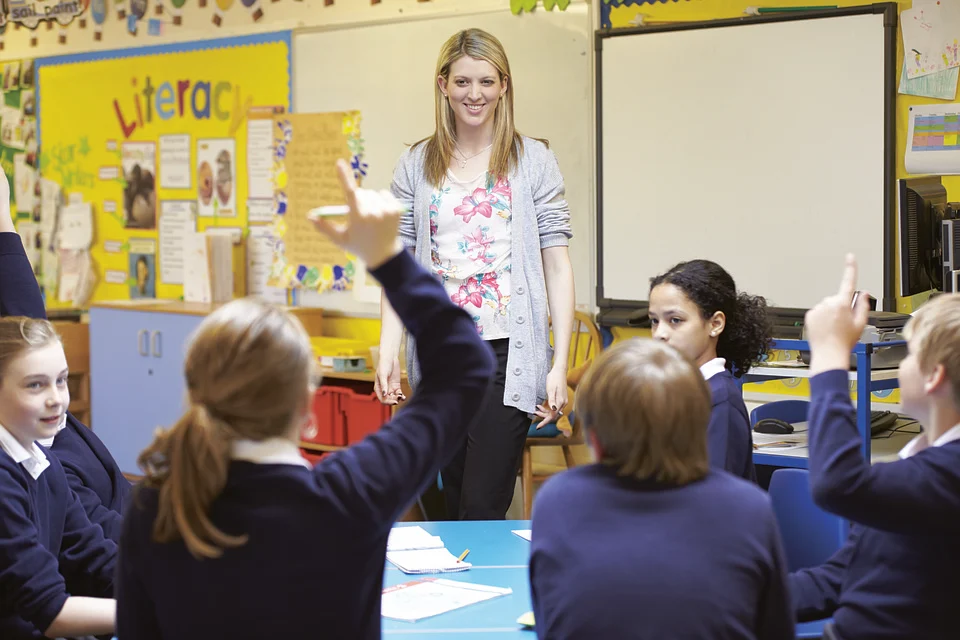Nowadays, we are living in a world full of distractions that have made learning difficult for children. Many children start facing mental health problems from an early age because they are not taught to cope up with this environment. But, any child can become a good learner if they receive the right motivation. This article gives 10 ways to help children learn and think differently.
1. Put them in the Driver’s Seat
Children often feel controlled while learning. This is because their teachers decide what they have to do in the classroom. Their teachers give them homework which they complete under the guidance of their parents. This is why most students have no idea how to learn a subject on their own. So, they lose interest in learning or studying overall.
However, if they are given some control over what they want to learn, how they want to learn, and when they want to learn, they might feel responsible for their learning. A good way to put children in the driver’s seat is to provide them options. For example, if you want children to write an essay, give them the option to pick a topic of their choice.
2. I Do, We Do, You Do Method
This is a simple yet effective technique that can help children in learning and thinking differently. This method includes three phases:
#1 I Do: In this phase, the teacher teaches the students how to do something. For example, the teacher can show how to solve a Math problem in class.
#2 We Do: In this phase, the teacher asks the students to do the same with her. So, now the students and the teacher will together solve a Math problem in class.
#3 You Do: In this phase, the teacher asks the students to do the task themselves. So, now the students will solve the math problem on their own.
Most of the time children are unable to learn something until they do it themselves. However, the teachers must pay attention when the students might need extra guidance.
3. Graphic Organizers
Visual aids can enhance the learning and thinking abilities of children. They help them understand the connections or relationships between ideas. They also help them organize the concepts that they have learned. Teachers can use various graphic organizers to help students learn better:
- Mind maps: They are a great way to learn a concept in depth. They make learning more enjoyable and easier. Students can easily visualize their thoughts and generate new ideas with mind maps.
- Flashcards: Flashcards improve meta-cognition and understanding of one’s mindset and thought processes. In other words, they help children in making associations with communication and learning a subject.
- Sequence Charts: They can be used to teach a process to the students. For example, essay writing. Students can learn the process of writing an essay based on sequence charts.
- Timeline: It can be of great use in teaching subjects like history where students must know which event took place in the past and when. It can also be used to study concepts like the evolution of plants and animals.
4. Introduce Different Learning Styles
How will a child get to know about different learning methods until told otherwise? To encourage children to think and learn differently, we must make them aware of the different learning options they have. For example, some children might prefer reading while others prefer more visual aids than words.
Here is a list of different types of learning techniques that teachers and parents can introduce to children:
- Visual learning
- Auditory learning
- Verbal learning
- Logical learning
- Interpersonal learning
- Intrapersonal learning
5. Encourage Brainstorming
Generally, students are asked to take notes while the teacher teaches in the class. But why not ask students to write their ideas and thoughts on a topic? For example, if students have learned about global warming in the previous classes, the teacher can ask them to write about how global warming can be reduced. Then, students may share their thoughts with the class or submit the highlights as an assignment. Brainstorming would help them process their thoughts from a variety of angles.
6. Open-ended Questions
What is freedom? What would happen if the sun would not show up? What is your favorite food and why? Tell me something about your favorite subject?
Open-ended questions cannot be answered with a simple yes or no. They have to be thought through. This technique can help in building independent thinking skills amongst the children. It gives them a chance to consider the different perspectives of a situation or a topic. Asking questions related to them such as their favorite color, their favorite food, etc makes them aware of their choices and questions their interests.
7. Reward-based Learning
Every student knows that they have to complete the assignments, do their homework, and appear in tests to earn grades. But is that the only way to earn better grades? Not at all. Children should be encouraged to come up with different ideas of expressing their knowledge and they can be rewarded with extra credit.
You never know how much it could encourage them. Some students might want to give a presentation in front of the class while others would create reports. All of this would make them active participants in the classroom rather than passive ones. They will no more come in the class to sit and listen but to participate and discuss.
8. Incorporate Gamification
Replacing every lesson with a challenge, making every test a quest, giving badges to start performers, these are some of the common ways to turn your classroom into a game room. Gamification not only encourages children to learn but eliminates all the distractions. It also adds up to healthy competitiveness in the classroom.
Gamification makes children feel accomplished after every lesson which motivates them to do even better in the next one. Moreover, teachers can keep the learning restricted to every student’s pace. If a student is unable to clear a level (or lesson) the teacher can provide them additional guidance.
9. Break the Lessons
Listening to the teacher throughout the class can make learning difficult and boring for the students. But breaking up the lessons and introducing activities in between can enhance their learning. Here’s how. Just teach one topic in class and then give students an activity to perform. Then teach the next topic followed by an activity. This way learning can be engaging for them. They will not feel lethargic or bored at all.
You may also incorporate different learning methods every day. For instance, one day you can ask students to read the textbooks while the next day you can bring them visual aids. Varying the learning methods can also help them in learning better and thinking about a concept differently.
To Summarise
For years we have been following the same old teaching and learning methodologies. Including something different can encourage children to think differently. Children must have some control over their choice of learning methodology. Instead of just being taught, they must be shown how a concept is applied in reality. Visual aids must be used to help them enhance their learning and strive for critical thinking.
Children must be made aware of the different learning styles available these days, so that they can experiment and choose the one that suits them. They should be encouraged to give their thoughts on a topic by using techniques like brainstorming and by asking open-ended questions. They should be rewarded for every progress that they make in class.
These few techniques will prove their worth once teachers start using them in the classroom, encouraging the children to learn and think differently.
Author Bio:
Emily James is an academic writer who provides essay help to high school and college students. She holds university degrees in English studies and Teacher Training. She has designed dissertation writing courses and provides dissertation examples. She writes blogs on education, digital marketing, and learning methodologies.




